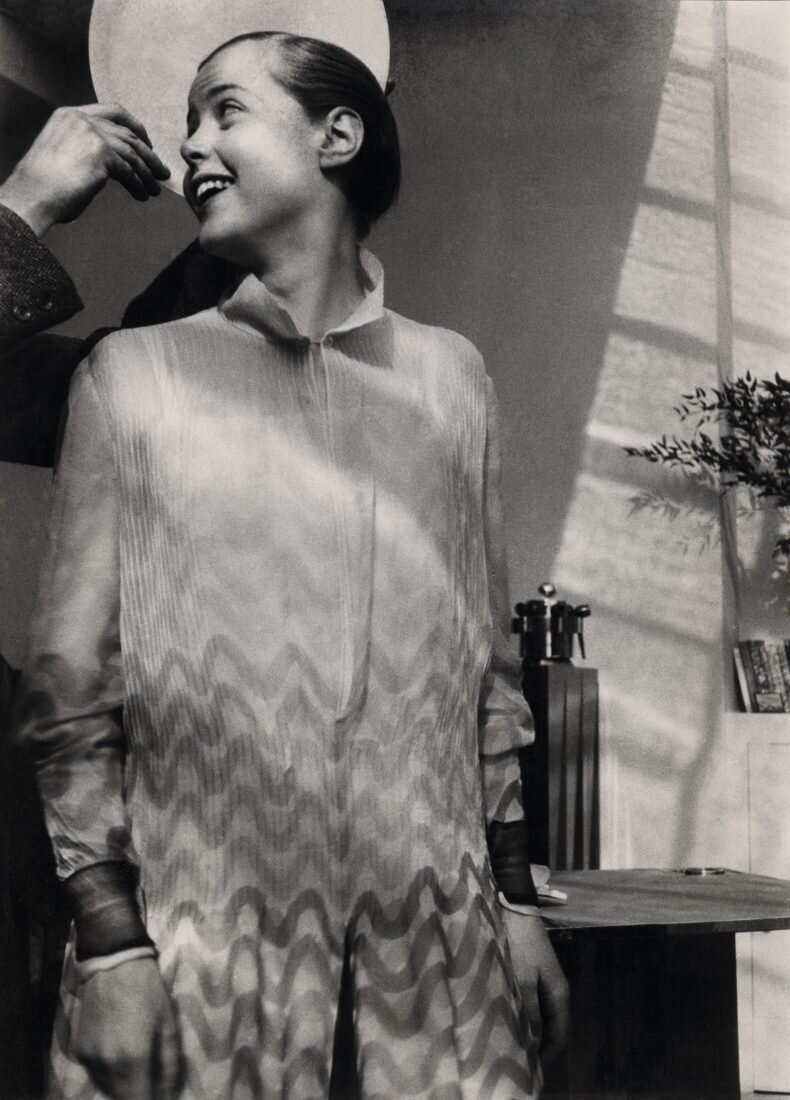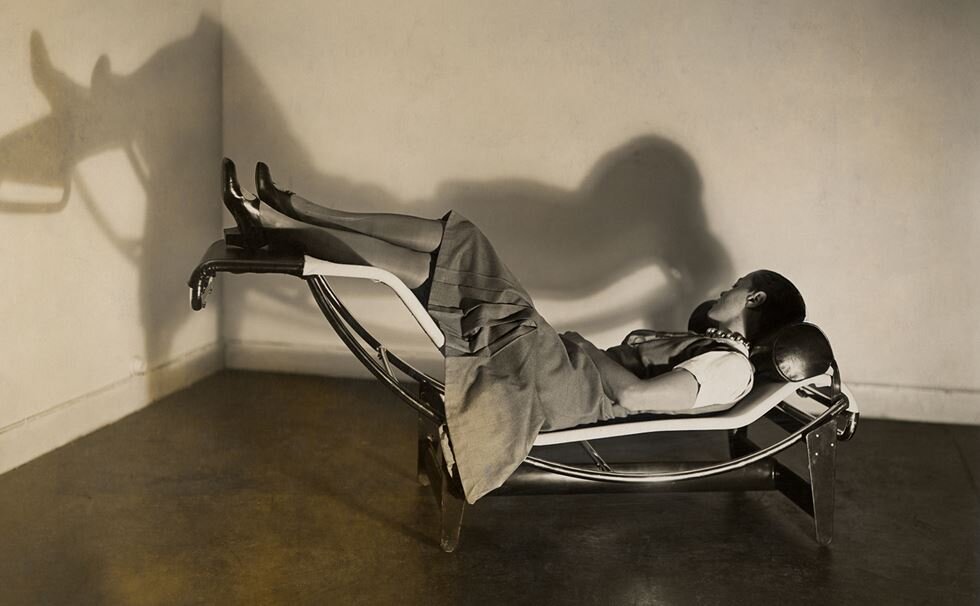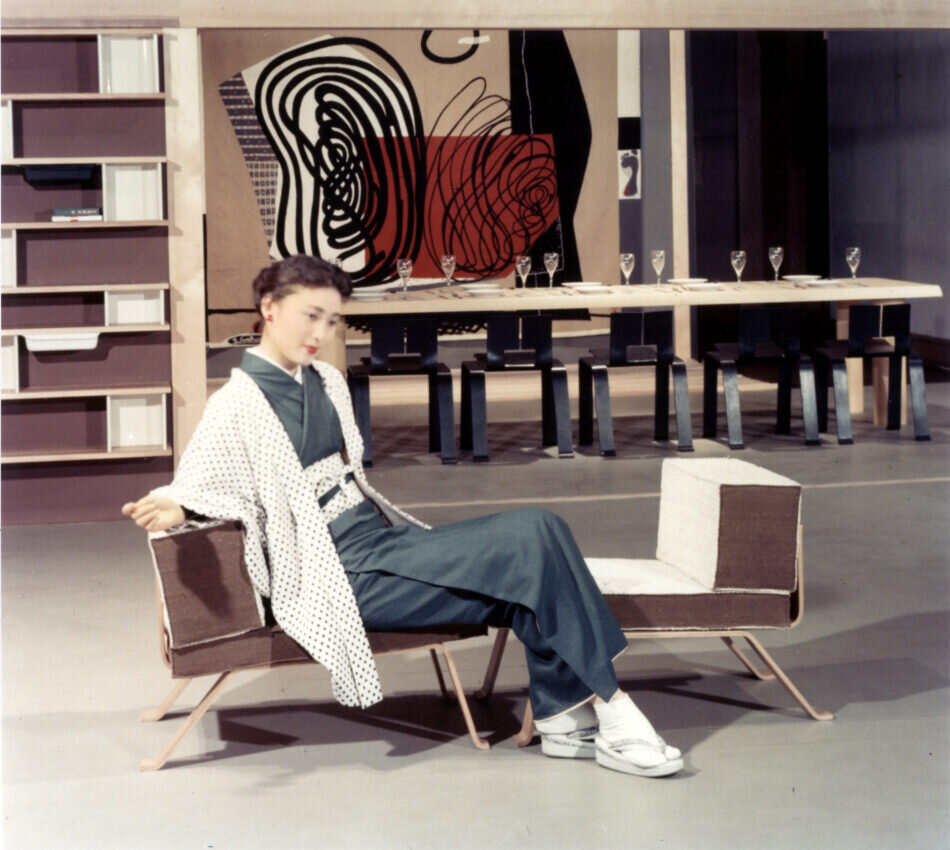Robert Moses, ‘Trapped in a Dream’: How a Leader Can Go from Hero to Villain
Robert Moses, urban planner. Roosevelt Island, New York, 1959.Credit...Arnold Newman/Courtesy of Howard Greenberg Gallery
Moses: The dynamo of capitalism is restlessness. Nothing is ever enough. For us, nothing is ever settled. We are always on the move.
I recently watched ‘Straight Line Crazy,’ a fine new David Hare play about the urban planner Robert Moses. (The Bridge Theatre, London until 18 June)
Moses: Once Americans cease to believe they can remake America better, then it ceases to be America.
Though he was never elected to any public office, Moses was often described as the most powerful man in New York. As head of the New York City and Long Island State Parks Commissions between 1924 and 1963 (along with holding many other official roles), he built a system of 627 miles of expressway, connecting the city to the great outdoors. He created bridges, parks and swimming pools.He led the construction of the 1939 and 1964 World's Fairs in New York and helped persuade the United Nations to locate its headquarters in Manhattan.
Moses: A leader makes the mood, he’s not a victim of it.
Moses began his career with an avowed intent to improve the lives of ordinary city dwellers. But he ended it a pariah - criticised for the destruction of communities to make way for his road schemes; for his unwavering commitment to the car; for his refusal to embrace mass transit; for his disregard for public opinion.
Moses: Your principal error is this: to imagine that the people’s views are of any importance at all…We must advance their fortunes without having any respect for their opinions.
Moses provides a case study in how a leader’s resolute commitment to a vision can evolve into intransigence and anachronism; how a hero can over time become a villain.
Moses: People may not like me, but they need me… I’d rather be right and alone, than be soft and with other people.
Robert Moses with a model lower end of Manhattan and the bridge with which it is proposed to connect Battery Park with Brooklyn, March 1939. Photograph: Bettmann/Corbis
The play focuses on two significant years in Moses’ life: 1926 and 1955.
We begin with a young Moses planning a scheme to build two big expressways across Long Island. Alert to changing social needs and aspirations, he wants to give New Yorkers access to the region’s woods, open spaces and beaches.
Moses: The people have discovered a new occupation. It’s called leisure. And one day it will be as popular as work.
Long Island is peaceful, sparsely populated and controlled by a few aristocratic families who are united in their opposition to his scheme. Moses has learnt that in order to get any project off the ground, he needs to be comfortable with confrontation and conflict.
Moses: People characteristically revolt against any innovation…Nothing worthwhile has ever been achieved without initial resistance.
Indeed Moses is prepared to press ahead with road construction ahead of attaining final sign-off.
Moses: Once you sink that first stake, they’ll never make you pull it up. Public work relies on one thing. Impetus… Anyone can argue about where a freeway ought to be. But it’s pretty damn hard to argue about where it is.
Moses is highly intelligent, hard working, rational and uncompromising. He has fixed views, and is particularly convinced of the liberating power of the motor car.
Moses: People like cars. You own something and you’re in control. That’s a nice feeling. When I was young, America was sitting there, like a tin can. The car was the can opener. Still is.
Though Moses is reserved, socially awkward and wary of the public stage, he is driven by a fundamentally democratic urge.
Moses: I’m in a hurry, and I’m in a hurry to help – to help the millions out there who have no access to a good life. And if a few fences get kicked over in the process, does that really matter?
At length Moses achieves his objective on Long Island with the help of a supportive Governor, a sympathetic New York Times and an amenable judge.
The play then leaps ahead to 1955. Moses is proposing to put a four-lane highway through Washington Square in Manhattan. The scheme will alleviate traffic congestion in the area and create horizontal routes to match the existing vertical expressways.
Moses: What kind of city have we created where roads run up and down, but nothing runs across? …It’s an offence against logic and against reason.
Moses has little regard for the impact the development will have on the local neighbourhoods.
Moses: Things must exist for a purpose. SoHo has no purpose. Vitality is dependent on function. And when function decays, so does life.
However, Moses comes up against a group of community activists, foremost amongst whom is architectural journalist and writer Jane Jacobs. She challenges his view that the automobile should drive decisions about urban development. And she thinks he is ‘straight line crazy.’
Jacobs: Mr Moses is a man under hypnosis. He got hypnotized at the age of twenty-five by two ideas and they’re both delusions. First, he has this insane idea that the answer to the problem of too many cars is more cars. And second, he’s convinced the answer to the problem of congestion on our roads is more roads.
Jacobs believes cities are vibrant, organic ecosystems that should be planned from the bottom-up.
Jacobs as chair of a Greenwich Village civic group at a 1961 press conference
Jacobs: Cities grow up. They just happen. Bit by bit. Hand a city to the planners and they’ll make it a desert. Hand it to the people and they’ll make it habitable. Robert Moses looks at the West Village and he sees a slum. I look at the West Village and I see a healthy neighbourhood. I see life.
We realise that Moses’ forceful, top-down style of leadership, which once made him so successful, now represents an impediment. He has lost touch with public sentiment. He’s a man out of time.
Moses: The people lack imagination. The job of the leader is to provide it.
Ultimately Moses is defeated by an alliance of middle-class campaigners, political progressives and broader public opinion. In the play his long-time colleague Finnuala Connell (a fictional character) summarises the cause of his demise.
Finnuala: Once you believed in cars because you thought they would liberate people. Now you force people into cars and you force cars onto roads because you want to be vindicated. It’s no longer about the people. It’s about you…You’re stuck. You’re stuck with an idea you had thirty years ago. And you can’t move on. Is there anything worse than being trapped in a dream?
Robert Moses provides a lesson for us all. Leaders need insight into cultural change, a vision that addresses that change, a strategy to deliver and the iron will to see things through. Moses had all these capabilities. But as the world evolved, his views remained the same. What once was self-confidence became arrogance; what once was resolve became intransigence. He loved progress, but only in the direction he envisaged. He liked to regard the city from a distance, from above: all grand schemes, expansive concepts and logical systems. But the broader his perspective, the less room it had for empathy and community. And in the end he was wrong.
This does not mean however that Moses’ opponents were entirely right. At the close of the play Jacobs reflects on the fact that theirs was a hollow victory.
Jacobs: Our efforts to preserve Greenwich Village and SoHo succeeded in transforming it into the most expensive piece of real estate in the world. What was once a community was cleansed of everyone but the rich. The Village was saved, but it was also destroyed.
[If you’re interested in learning more about this subject, I’d recommend the 2016 documentary about Jane Jacobs, ‘Citizen Jane: Battle for the City’.]
'Oh, can't anybody see,
We've got a war to fight?
Never found our way,
Regardless of what they say.
How can it feel this wrong?
From this moment,
How can it feel, this wrong?’’
Portishead, ‘Roads’ (B Gibbons / A Utley / G Barrow)
No. 369






